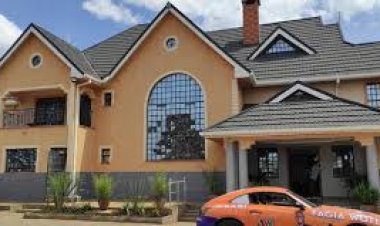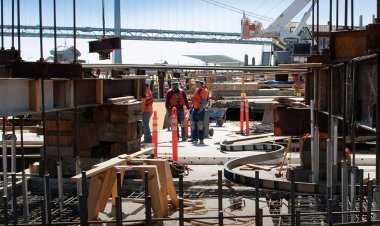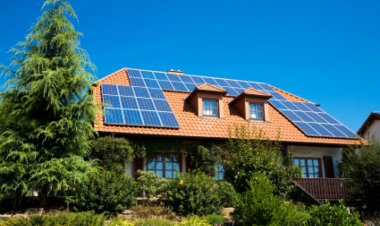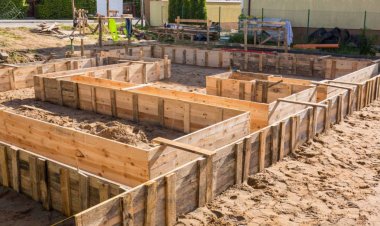Kenya: The New Kid in Africa’s Middle- Income Economies
Kenya is now one of the countries categorised as a middle-income economy country. According to the World Bank, the national infrastructure, real estate, and even the state of education in the nation, qualified Kenya to be a middle-income economy.

Kenya has now entered the category of Middle- Income Economy. It is the newest country to attain the middle-income economy status. This is according to the World Bank. The World Bank usually goes to every country every five years to do rebasing of the Economy.
Reliable sources intimate that officials from the World Bank visited the treasury during the week ending 11 th September 2021. They had lengthy consultations with treasury top brass which culminated in the declaration of the current rating for Kenya.
It was during this visit that the World Bank confirmed that among other benchmarks, including the national infrastructure, real estate, and even the state of education in the nation, Kenya was qualified to be a middle-income economy.
Kenya Vision 2030 which was molded by the Universal Millennium Development Goals (MDG) had envisioned the middle-income economy status for Kenya by 2030. She has however blown the candle eight years ahead of time. The Kenyan economy is now rated by the World Bank at the same level as countries such as China, India, and Bangladesh.
Way back in 2014, Kenya was elevated to a lower-middle-income economy. Among the indicators for the World Bank then were encouraging data from high-performing sectors of agriculture, manufacturing, telecommunications, and real estate, making Kenya the ninth-largest African economy in Sub-Saharan Africa.
Between 2014 and 2021, a lot has changed with a direct bearing on the economy. Construction of new roads and improvement of existing ones, growth in the real estate through progressively increasing the number of investors in the sector are among crucial factors considered by the World Bank. Others include improved living standards especially in relation to education and literacy, health, and lifespan of people.
The introduction of the Competence-Based Curriculum has had renewed energy directed to education with the resultant effect of synergy from all relevant stakeholders. This, with the hundred percent transition rates campaign geared towards meeting the UN ratified Education For All (EFA) targets has seen more and more primary and secondary school children attending school.
Construction of health facilities; health centers, dispensaries, and upgrading of strategic hospitals across the country are encouraging indicators which the World Bank duly noted. This has seen a reduction in the number of deaths caused by a lack of medical care.
With a steadily increasing population, a more healthy and optimistic labor force, increased focus on Agriculture for example the Galana Kulalu Food Security Project, the vibrancy of the economy is on the upward trend. There has also been a shift from agricultural use of land into industrial, commercial, and residential use of land.
This rising status of Kenya's economy is definitely the right step towards the upper middle -income economy. To the layman, however, the aforementioned may not amount to much. This is especially so when seen in the backdrop of rising inflation, the rising cost of food items, the ripple effect of the Covid 19 pandemic, and the recent increase in fuel prices.
If you have a real estate press release or any other information that you would like featured on African Real Estate Blog Post do reach out to us via email at [email protected]

































